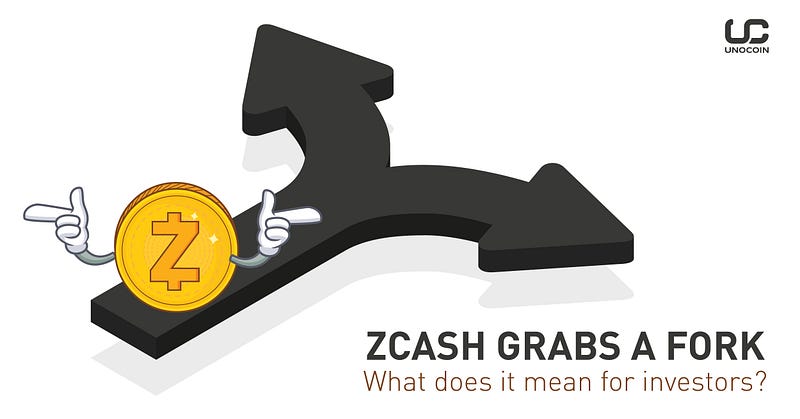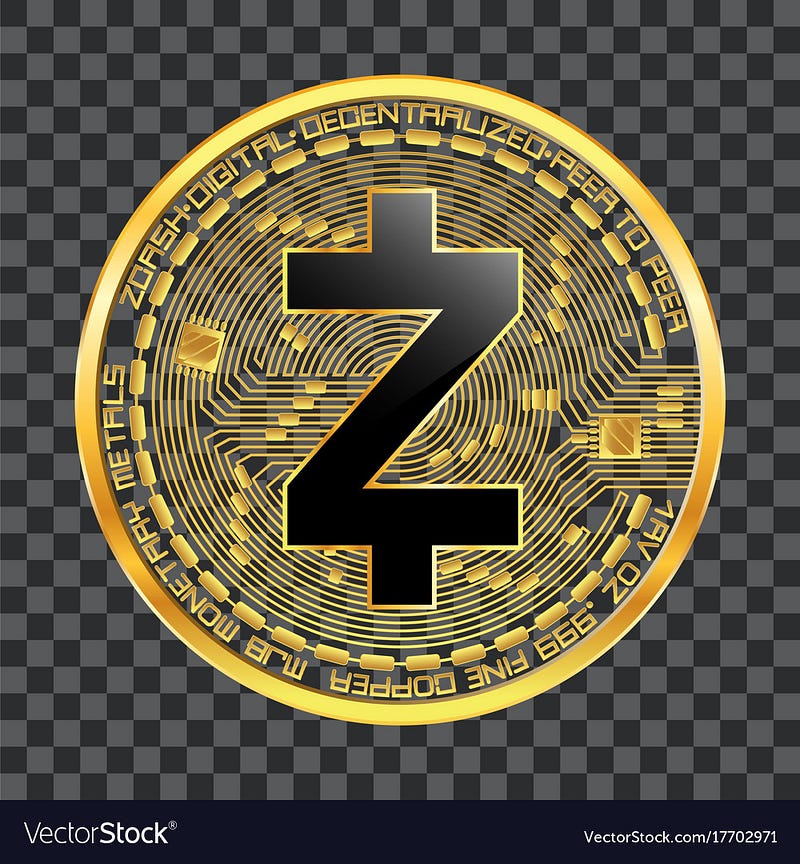
Cryptoasset is the word on everyone’s lips these days. It is a constantly growing phenomenon, with numerous digital assets flooding the crypto-market. After Bitcoin, developers were on a quest to improve privacy in the crypto space. To achieve this, they created and launched two other cryptoassets: Dash and Monero. Dash uses a technique, “Coinjoin” in which a group of users’ funds, who want to make a transaction, are pooled together into one and then the transaction is effected for all the users simultaneously. This improves the anonymity and privacy of the users. Monero, on the other hand, harnesses ring signatures for anonymity. Ring signatures are a group of digital signatures created when a Monero-holder is performing a transaction, and a security property inbuilt in the ring signatures ensures that it is nearly impossible to determine which of these signatures is a valid one because all the signatures in the group appear to be valid.

Both these assets succeeded in achieving their goals of privacy to an extent, but the level of privacy they offer is still limited and there is still a risk of detection or transaction tracking. This is where Zcash comes in, promising even higher levels of privacy and fungibility. Most cryptoasset transactions rely on the use of strings of data unique to a user, called private keys. These private keys are associated with several transactions, making it possible even for amateurs, to uncover an individual’s transaction trends, and may even reveal their identity if someone knows their public key.
Zcash relies on constructions known as “zk-SNARKs”. Here, ‘zk’ stands for zero-knowledge. Through zk-SNARKs the data can be completely masked and still be verified under ‘network consensus rules’. These constructions allow users to make purchases without revealing their identity. Zcash’s blockchain shows that a transaction has occurred without revealing the parties involved or the amounts in the transaction, as opposed to a bitcoin blockchain, where the keys associated with the involved users are recorded, of course, their identity is not revealed, and if there are several transactions that have occurred it is difficult to point out which transaction was done by whom. However, if the number of transactions is small, the verification of the transactions becomes relatively easy. Thus, compromising the anonymity of the users.
What is the “Fork”?

Zcash has now announced a software upgrade, named “Overwinter”, set to be launched in June 2018, which is to be followed by a core protocol upgrade called “Sapling” which is to go live in September 2018. While the Overwinter upgrade isn’t expected to be a fork, the following Sapling upgrade will be a hard fork. This means that the protocol will undergo radical changes and the new Zcash protocol will not be backward compatible with the older versions that the clients are currently using.. This would thus require all users of the Zcash asset to upgrade their versions because users running the older versions will not be supported by the new version. A hard fork is usually implemented to rectify security issues and make major improvements to the protocol. This is the only time when an upgrade is absolutely essential. A fork, in general, is a divergence in a blockchain, that is, the blockchain splits into two. This could be either temporary or permanent, and is categorized as “hard fork” (changes in protocol which renders the current versions of users useless) and “soft fork” (minor optional upgrades in the protocol that a user can choose to not install and continue to be the part of the blockchain).
What exactly is going to change?
The blog post by Zcash, which announced the upgrade, stated that Overwinter would include “versioning, replay protection for network upgrades, performance improvements for transparent transactions, a new feature of transaction expiry, and more”. The upgrade has been introduced to make further upgrades smoother and easier, and is meant to pave the way for the hard-fork “Sapling”. Upgrade introducing Sapling is the one to watch out for, as every user will be required to switch to the new version once it is launched. This upgrade would, in turn, introduce improvements in security, privacy, usability, and performance of Zcash’s protocols. The Overwinter upgrade is also rumored to be a hard fork, something which the developers have actively denied. According to developers, Overwinter is meant to be a simple upgrade and nothing more.
The term ‘hard fork’ has a bit of a negative connotation, but Zcash developers fully expect that it would be more of a one-way street because the new features introduced in the upgrades are irresistible. One of the major changes and perhaps the most attractive new feature to be introduced is that of “transaction expiry”, in which ongoing transactions would expire within an hour. While people believe that this would cause security issues, the truth is that many a time, transactions get stuck and users’ money may go waste because of it. The expiry of the transaction may actually end up saving the users’ money, which is what is intended.
Overwinter has been in the works for quite a while now, and its release has been delayed several times, due to various programming issues. The testing phase is still on, and the upgrade is set to release in June 2018 now.
Also Read:
https://blog.unocoin.com/stocks-vs-cryptoassets-a-contrast-in-performance-3c3682f3b4aa



